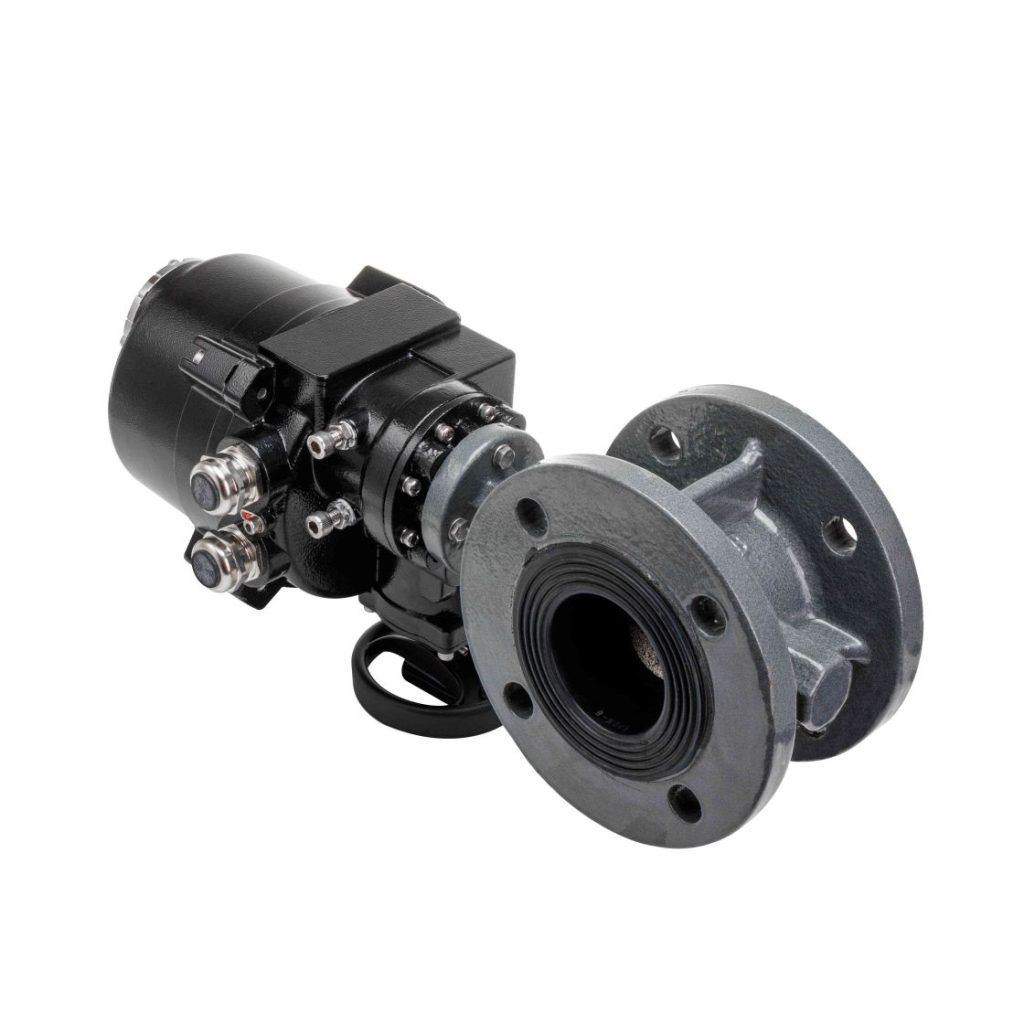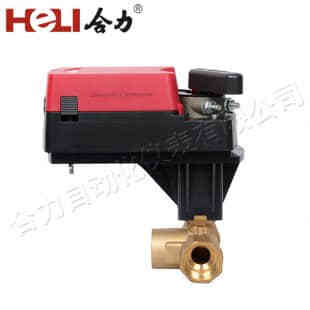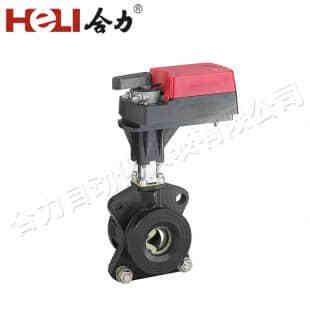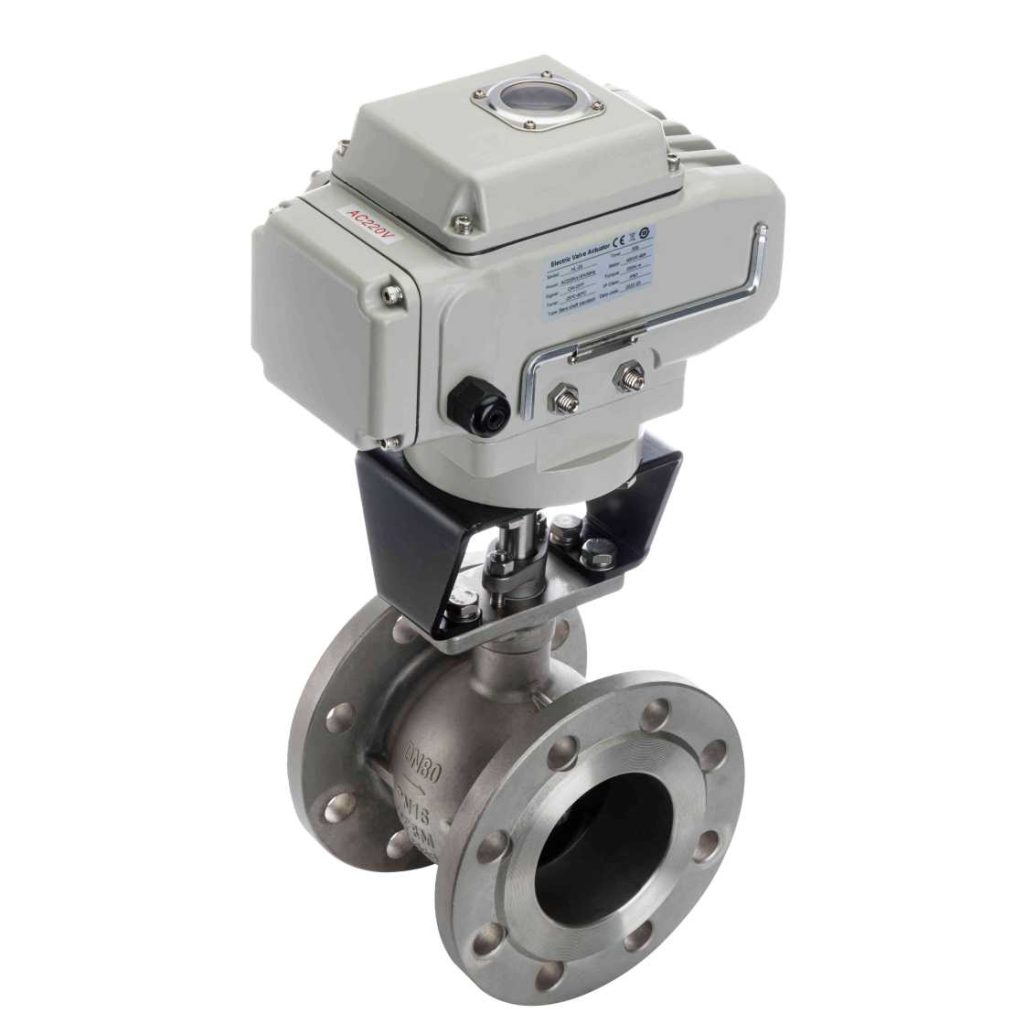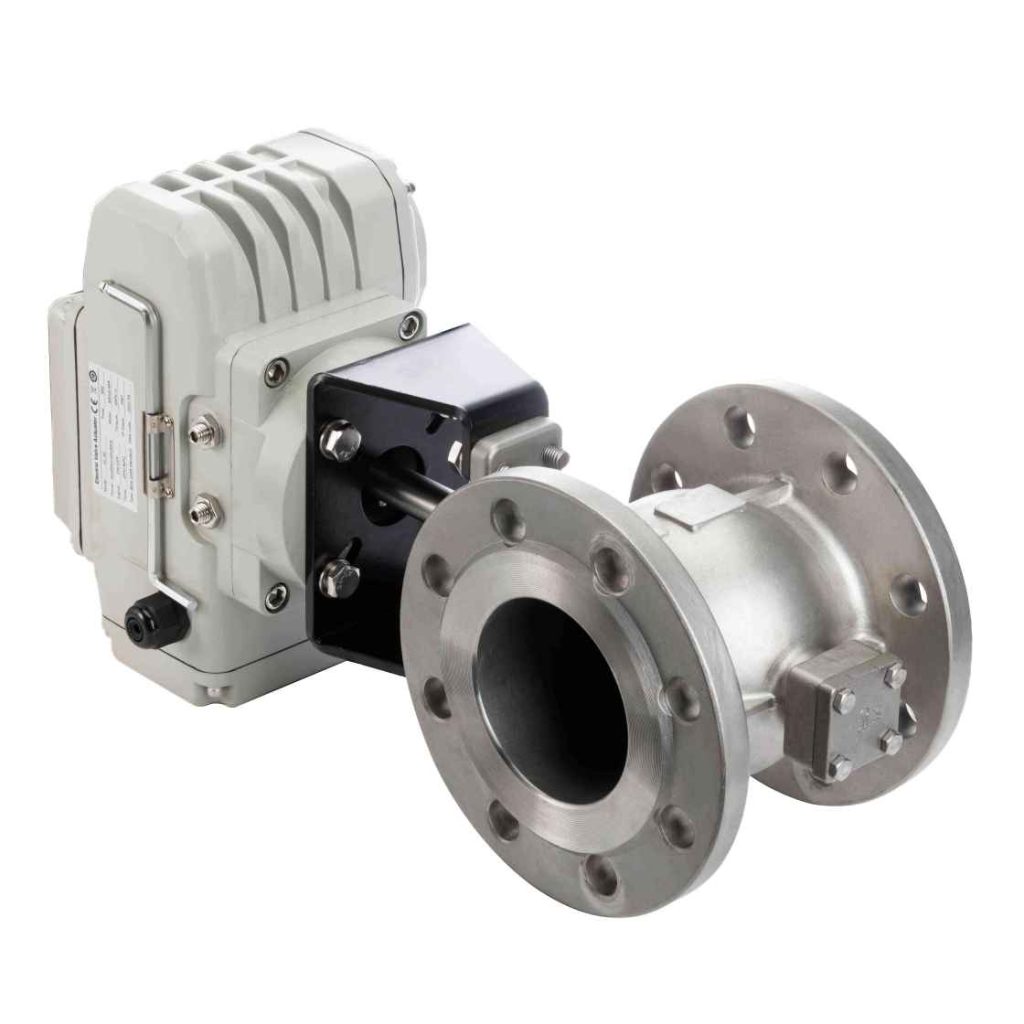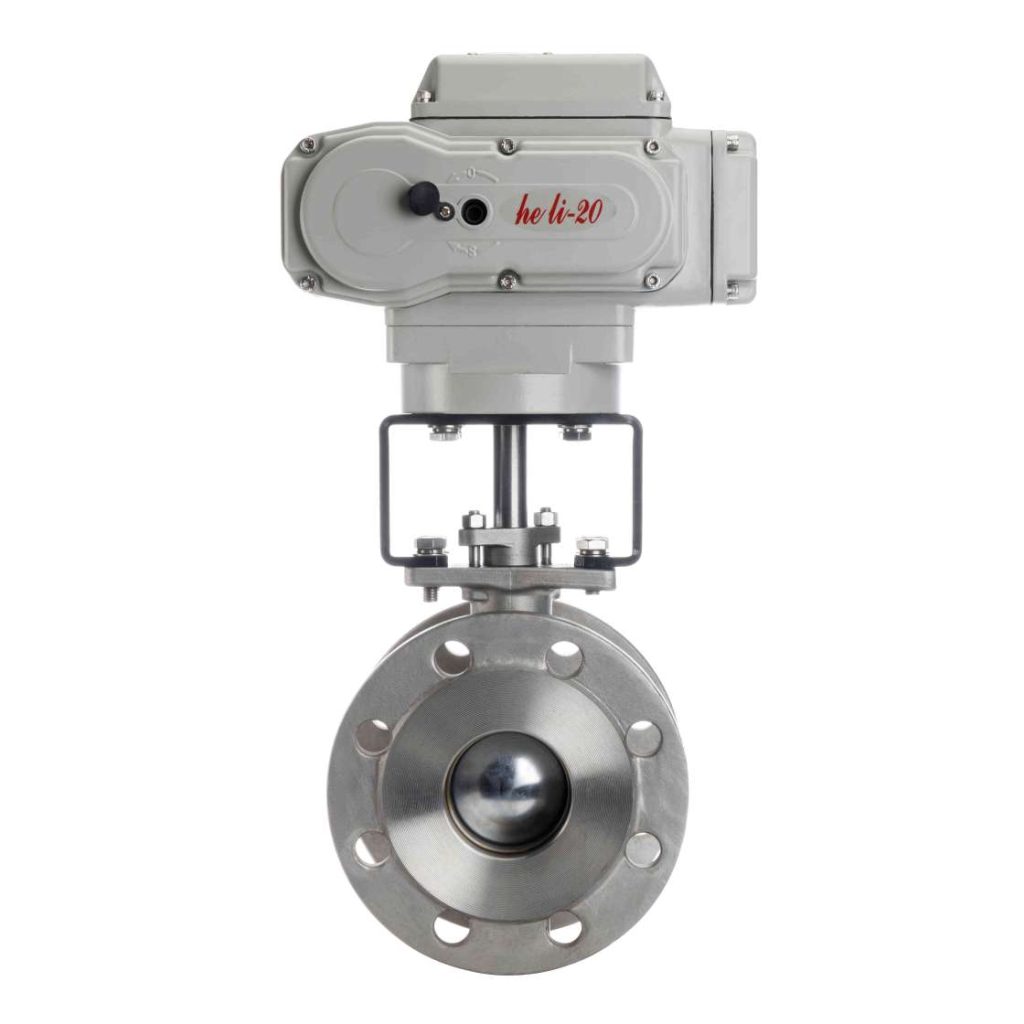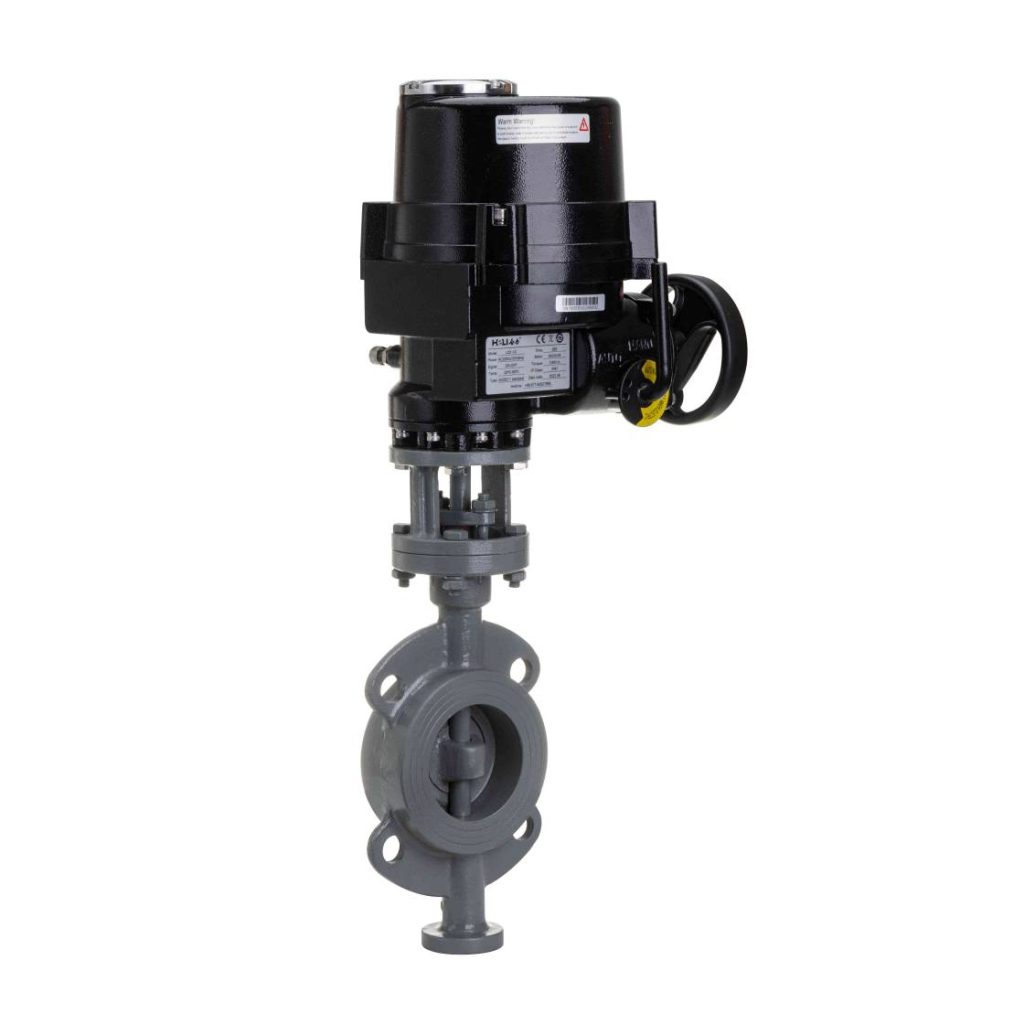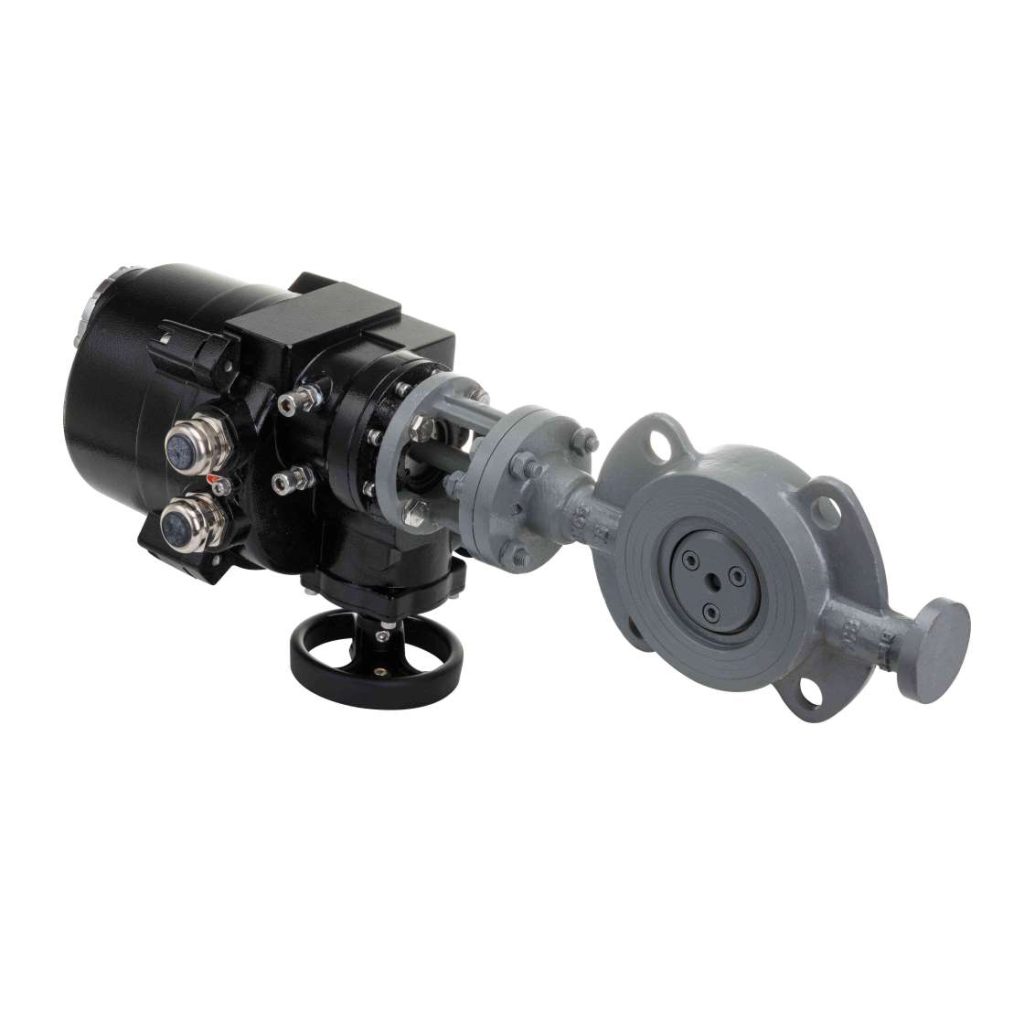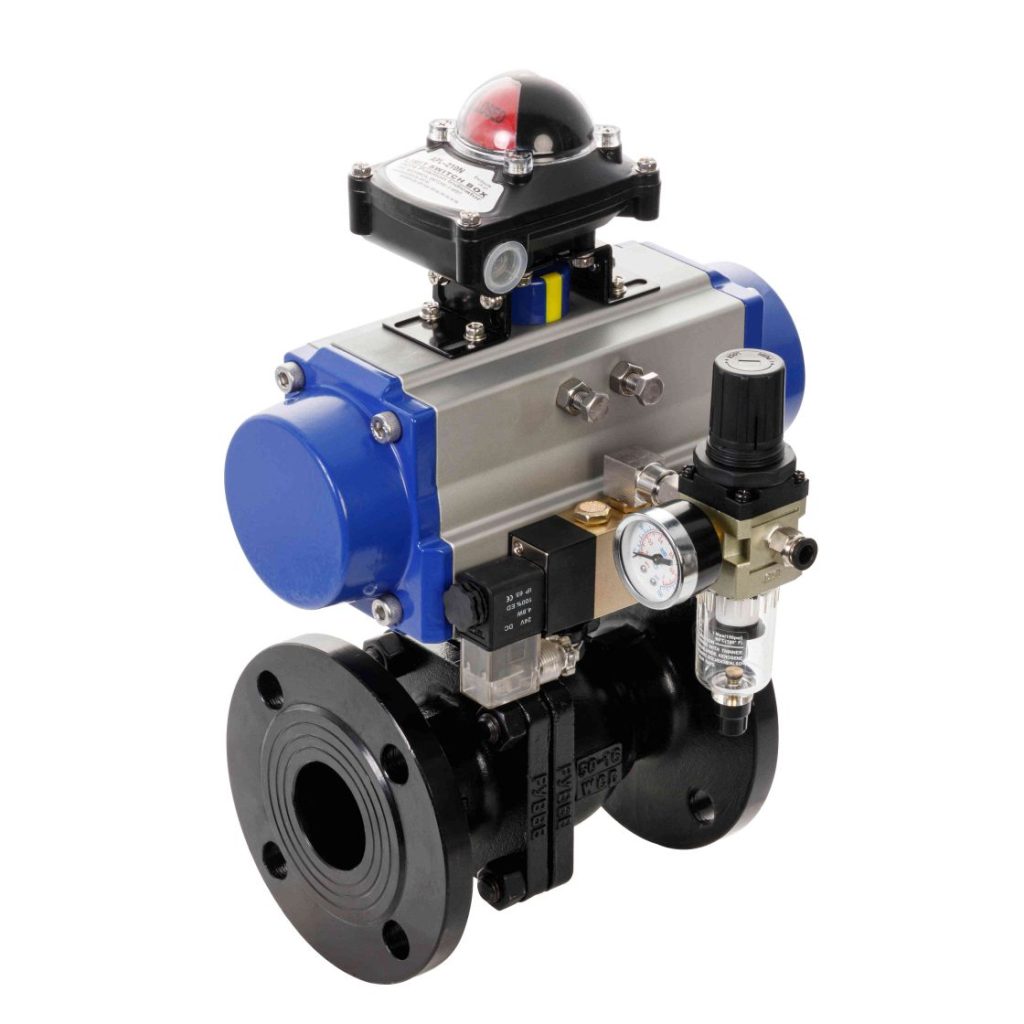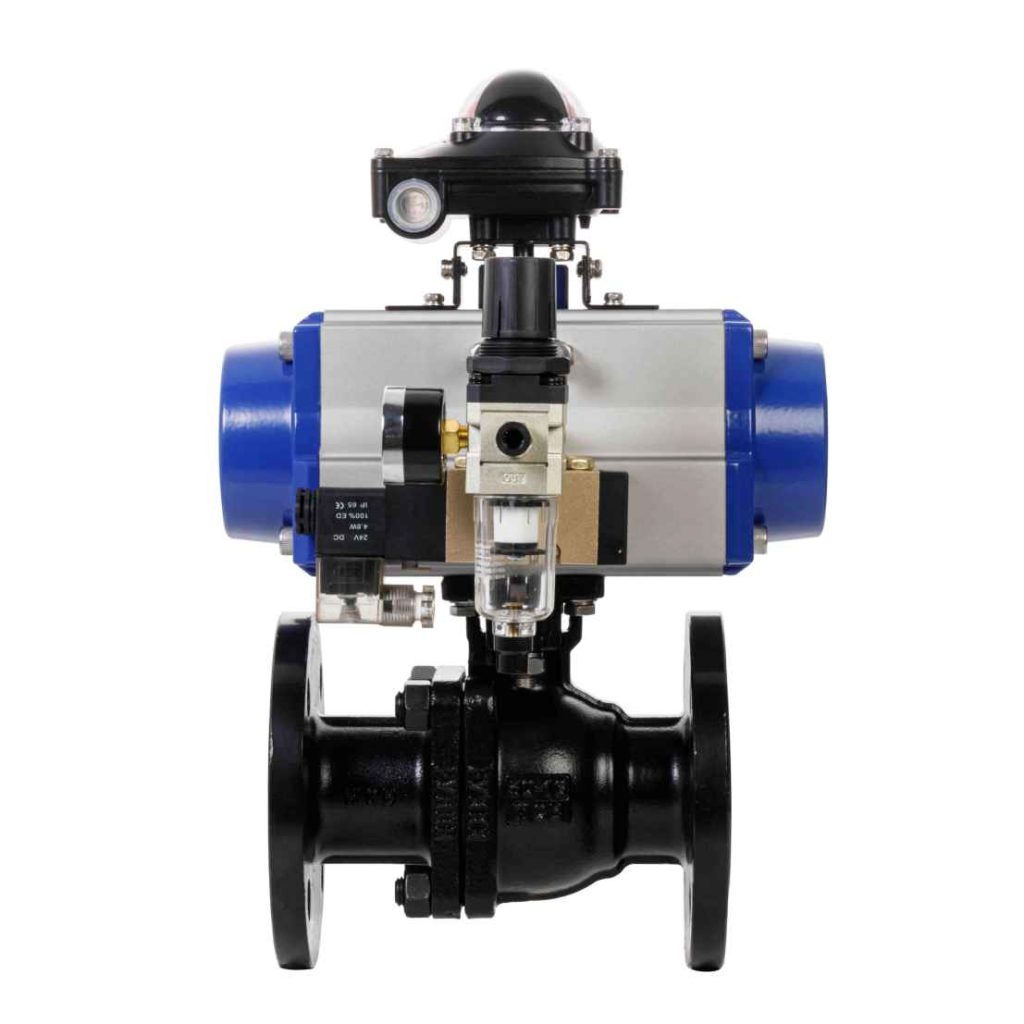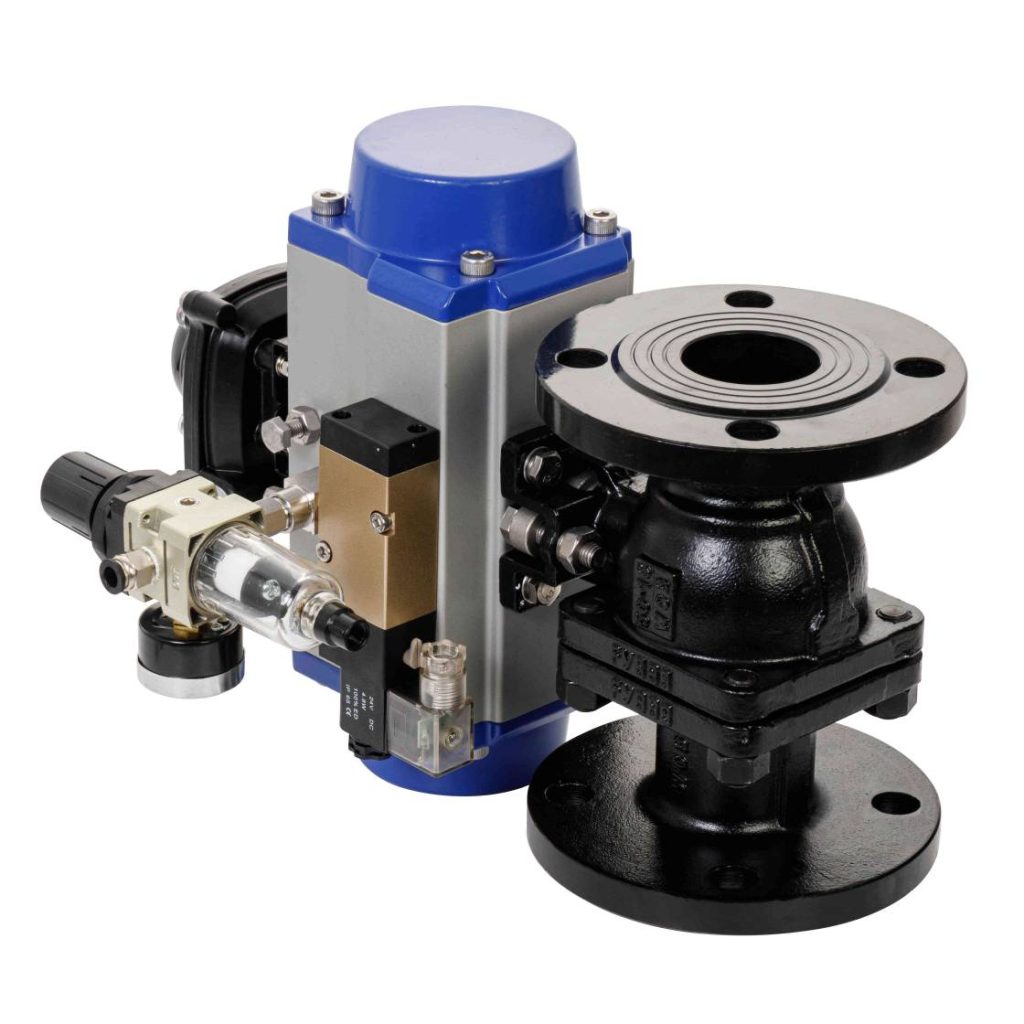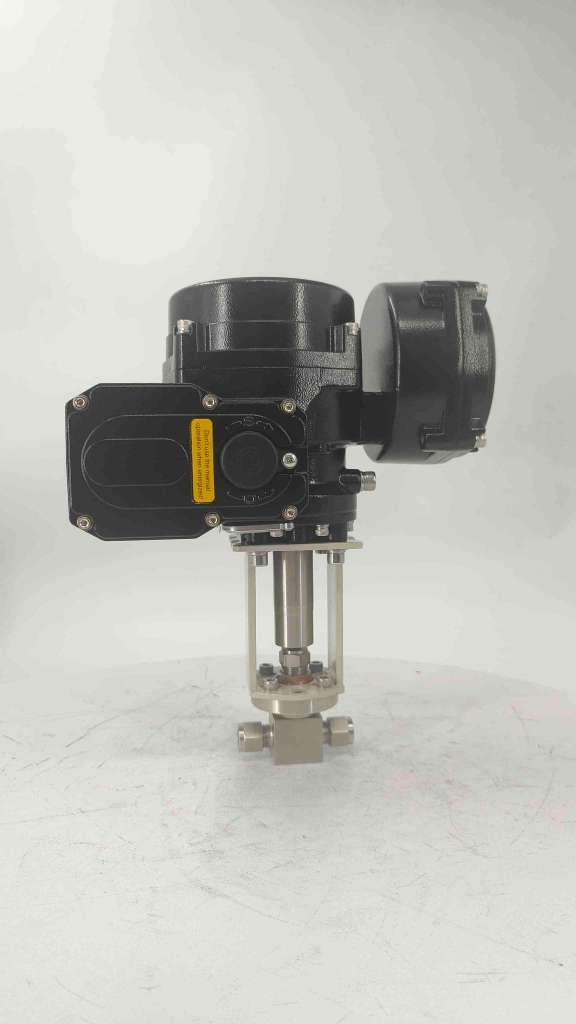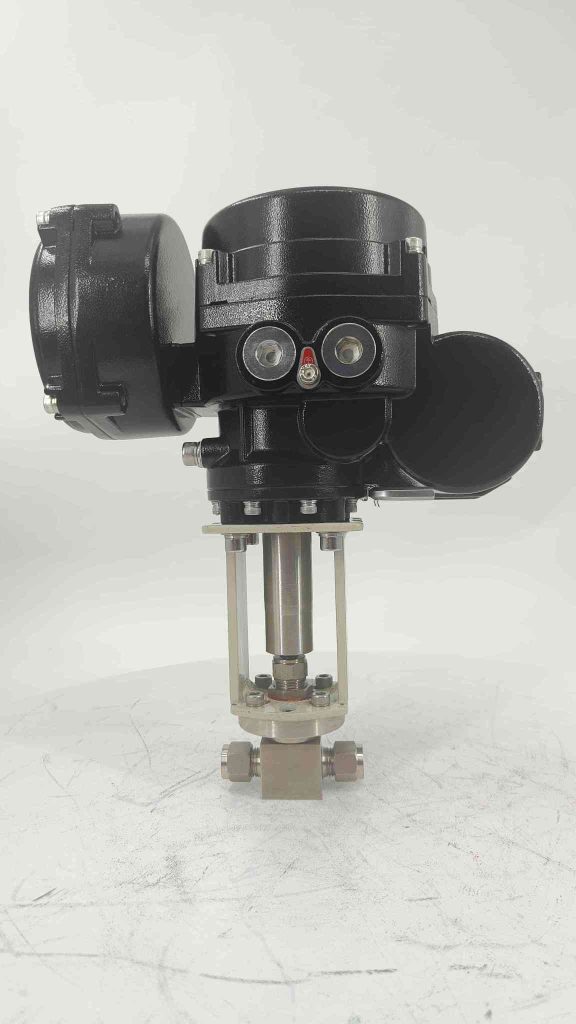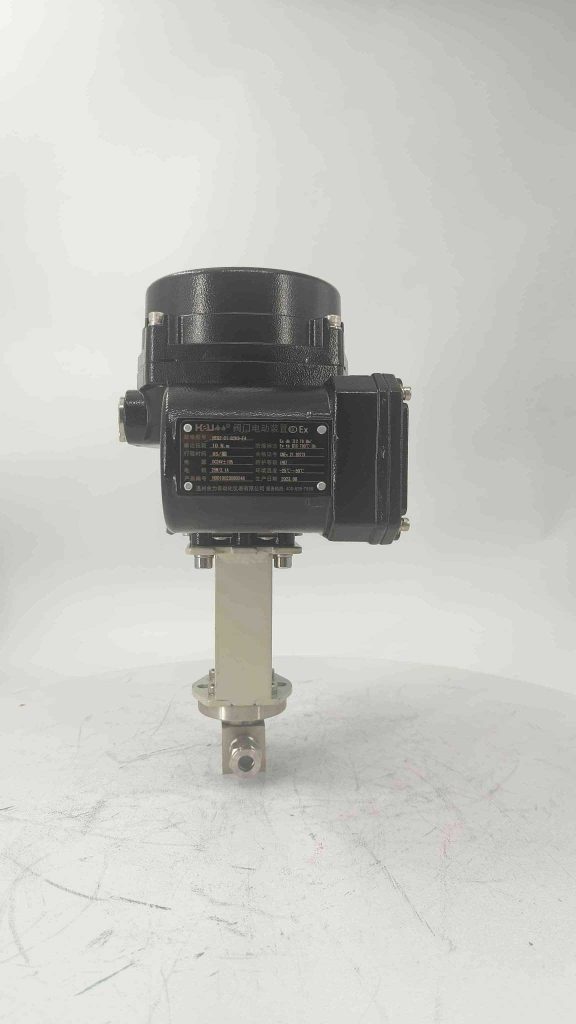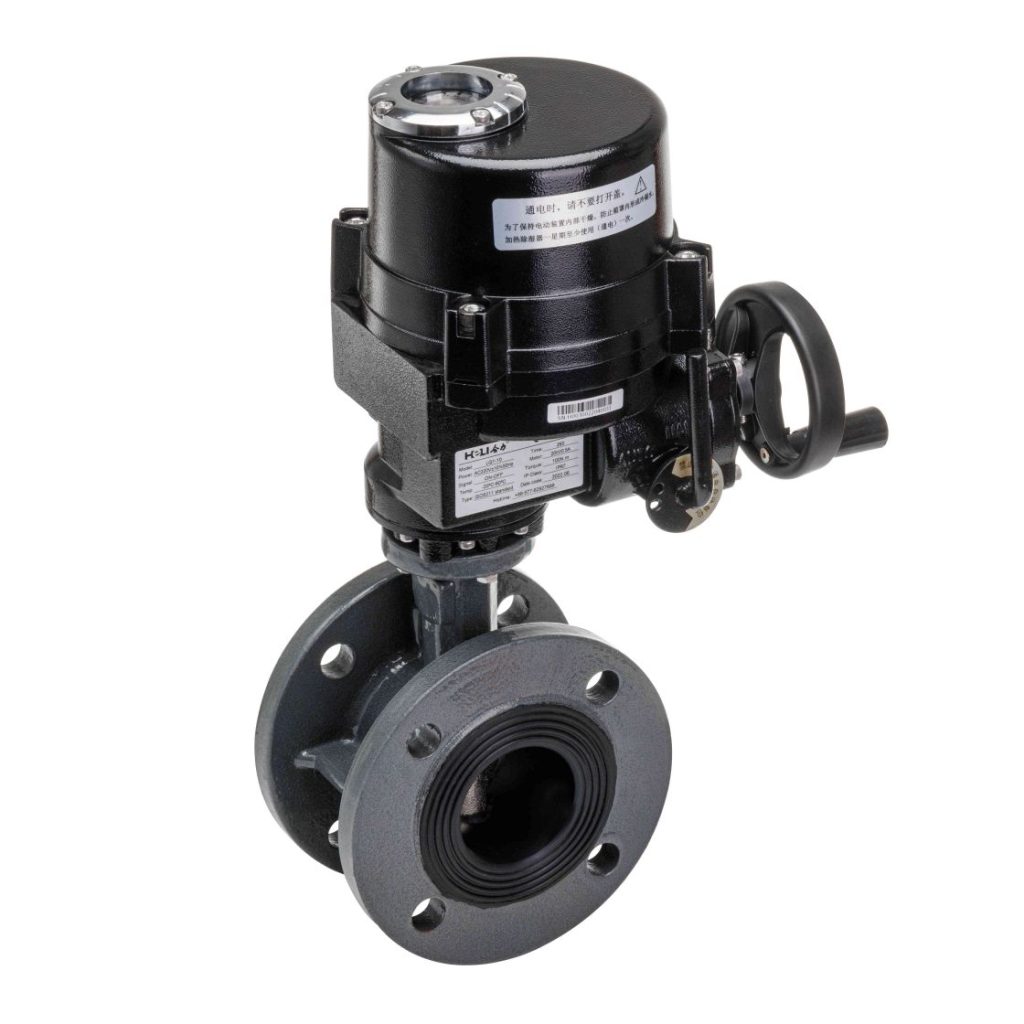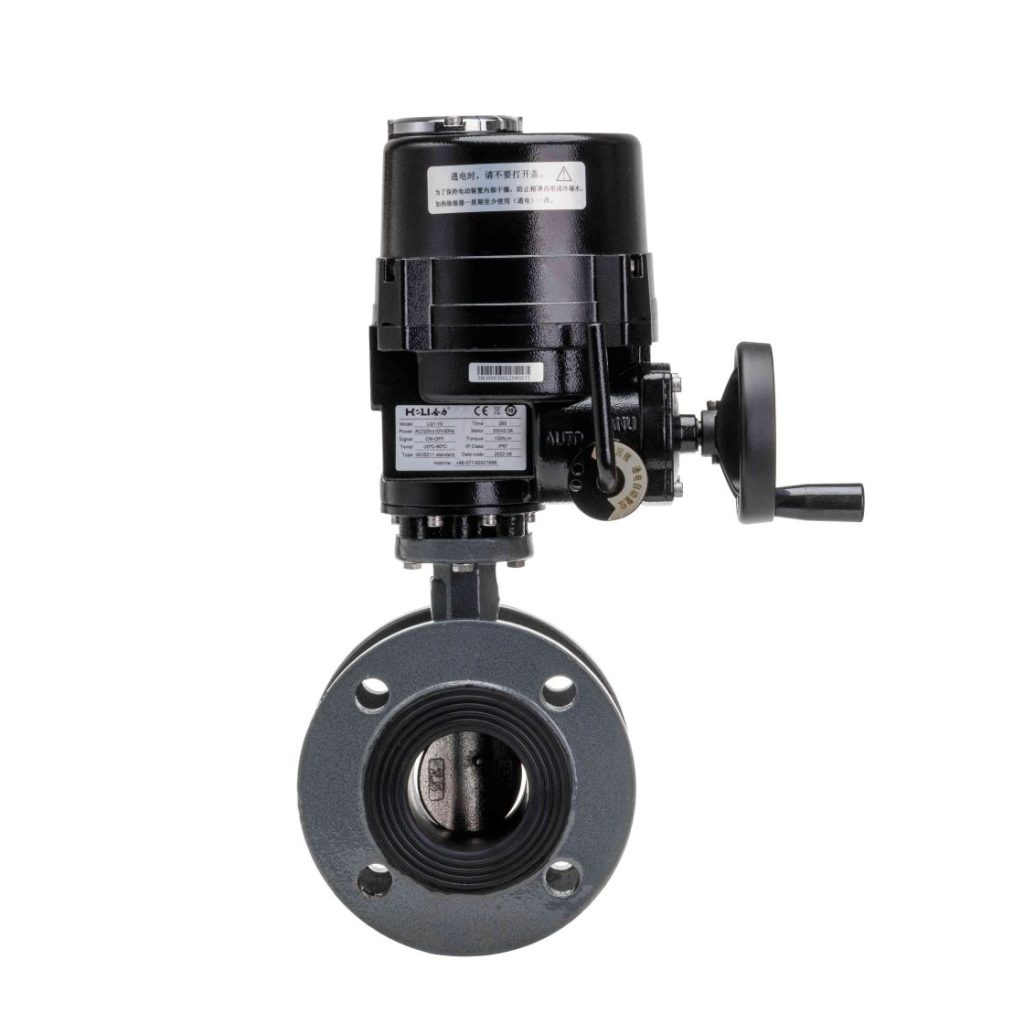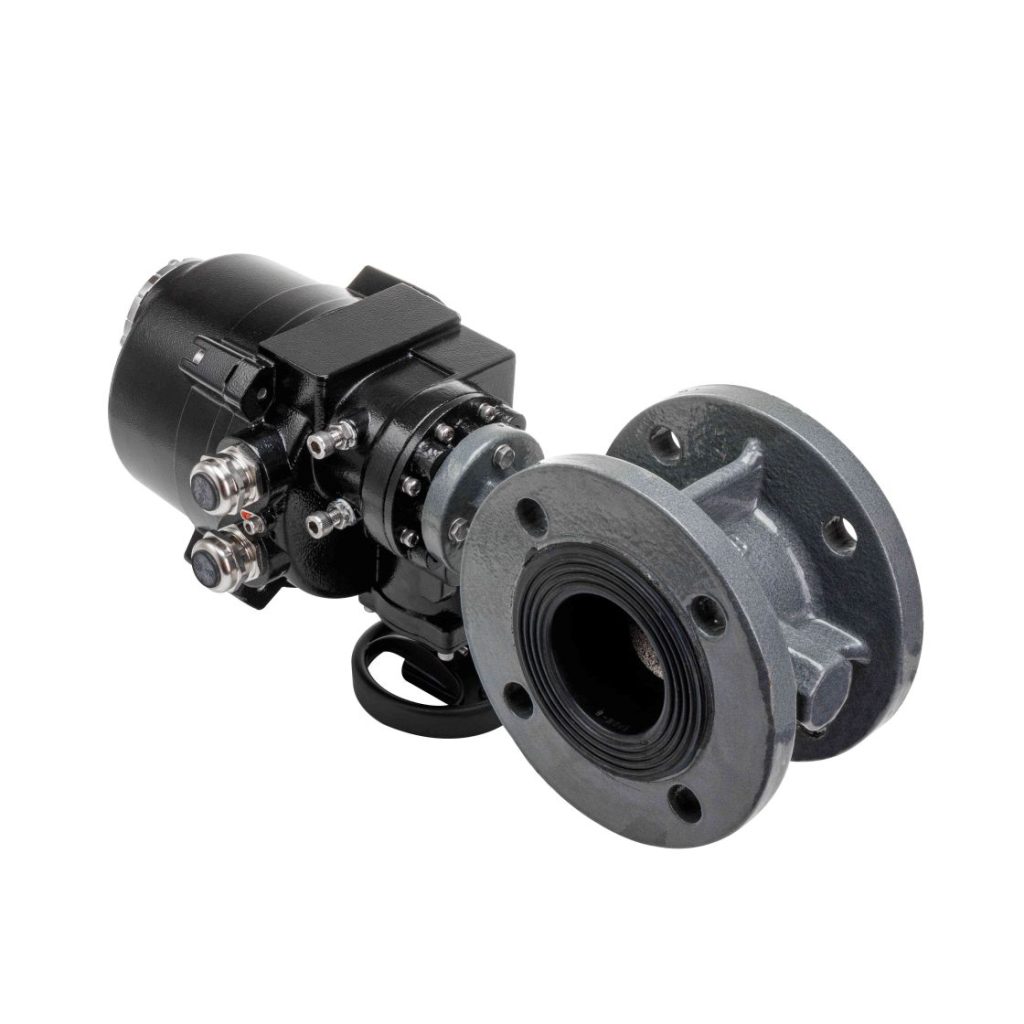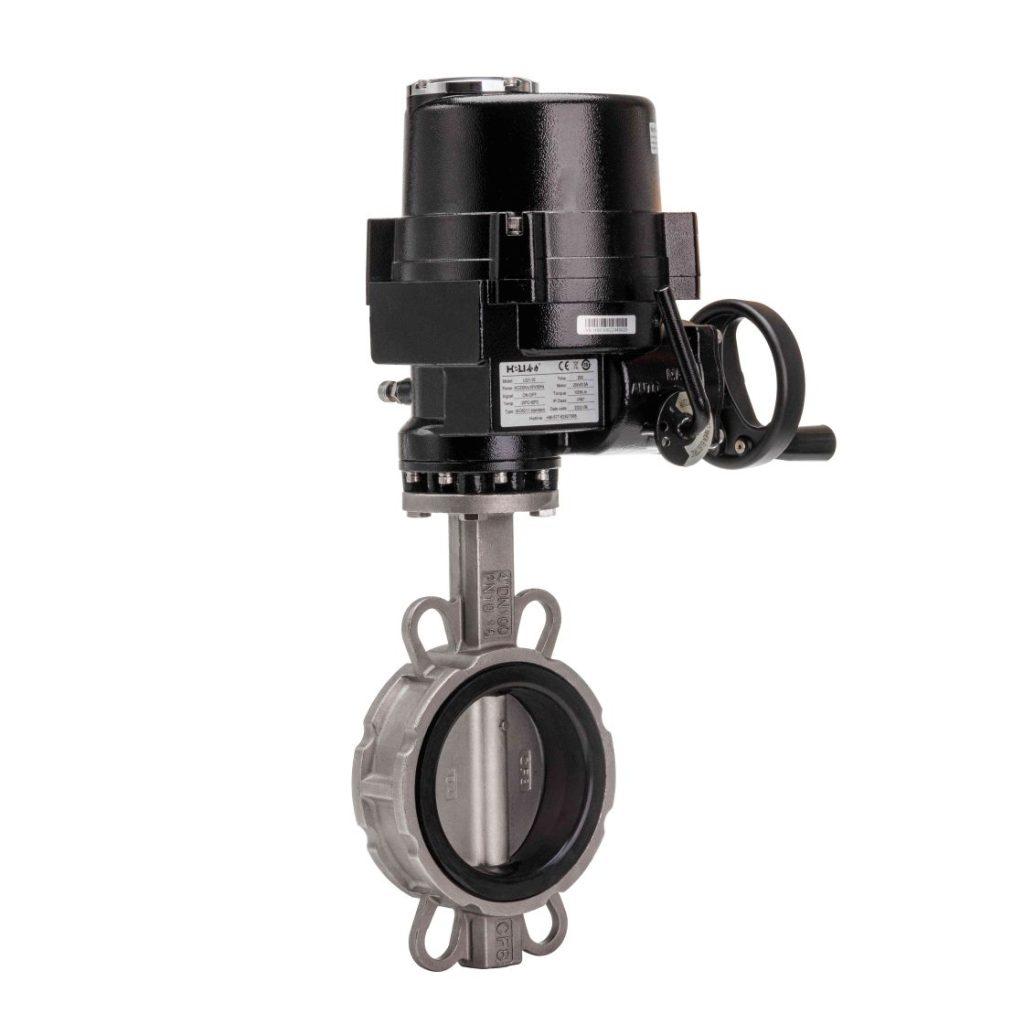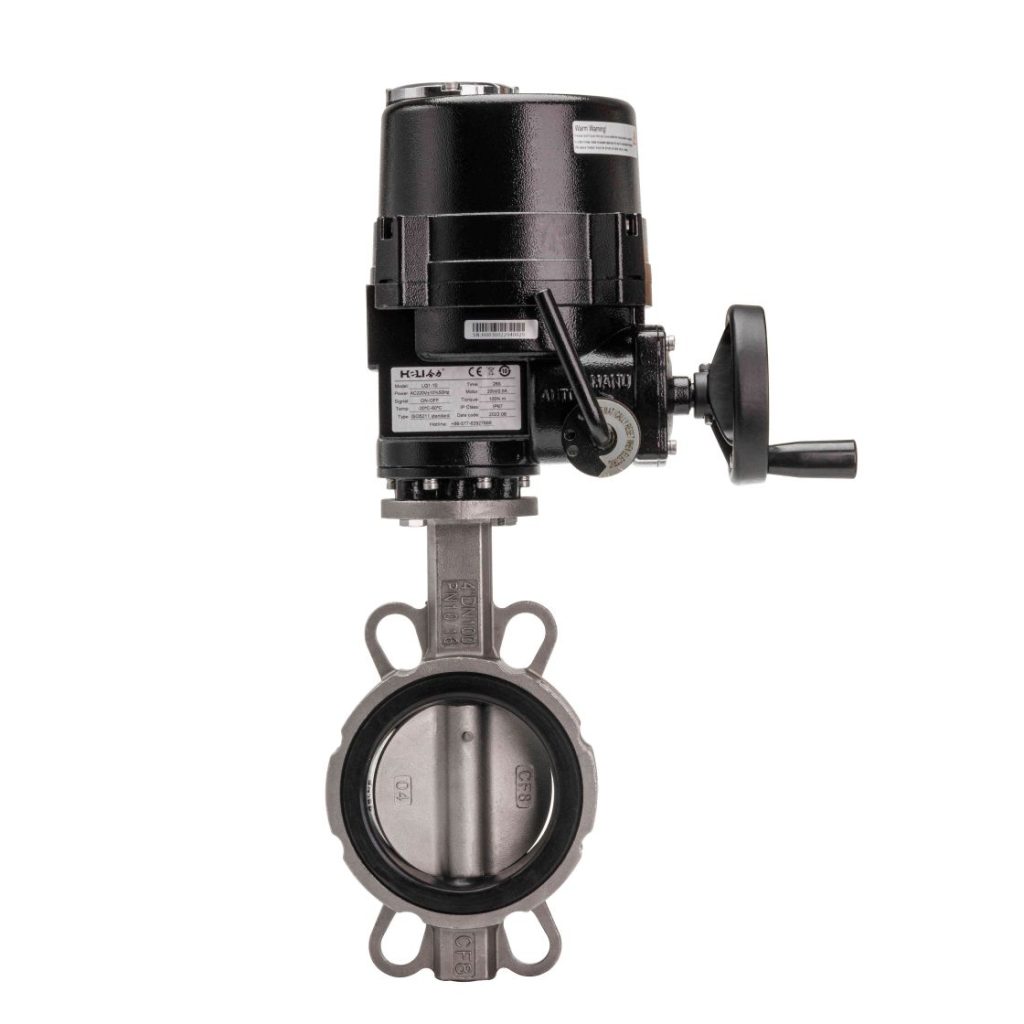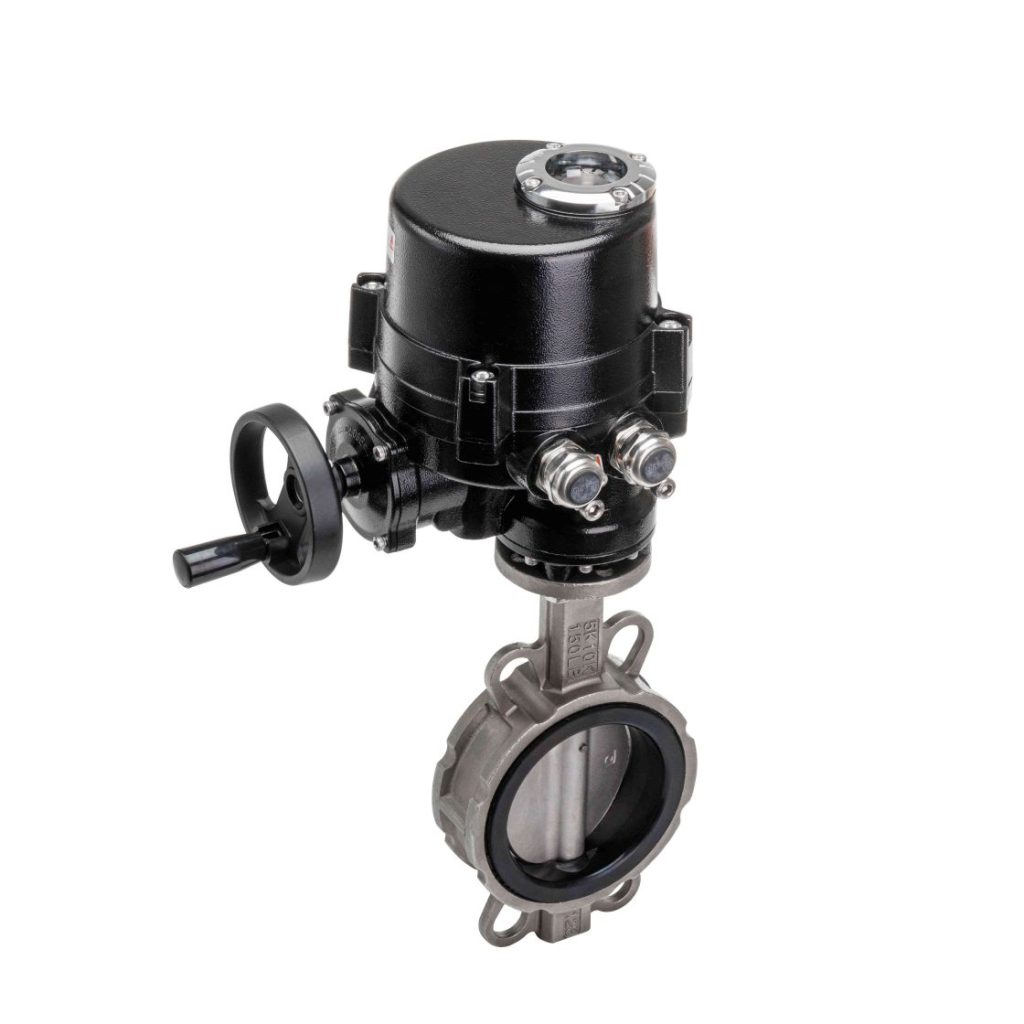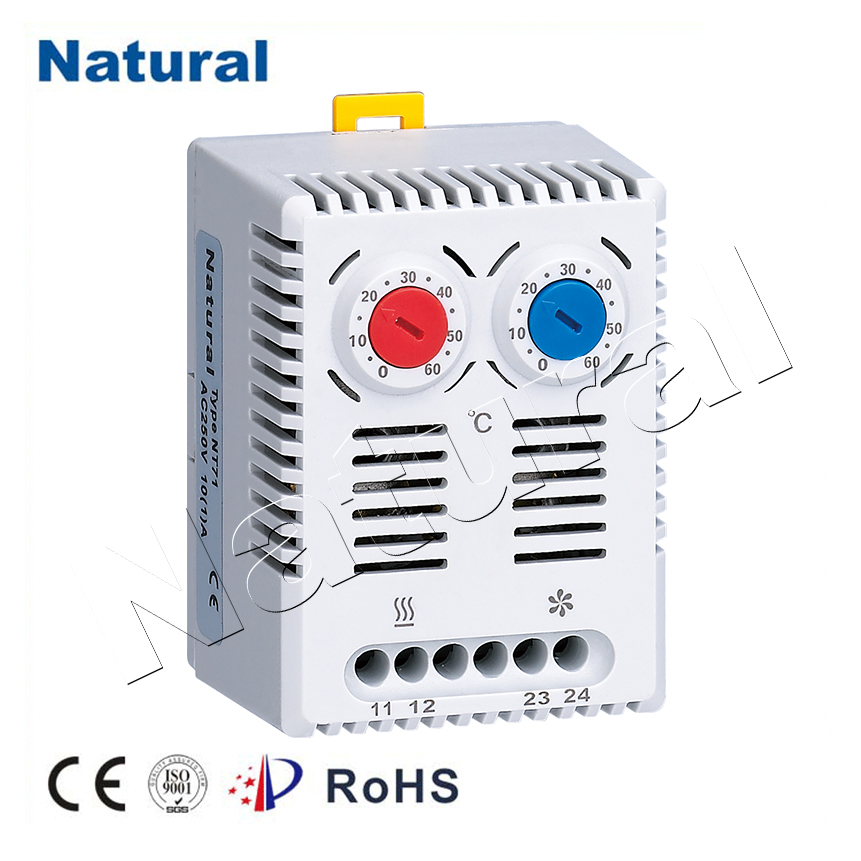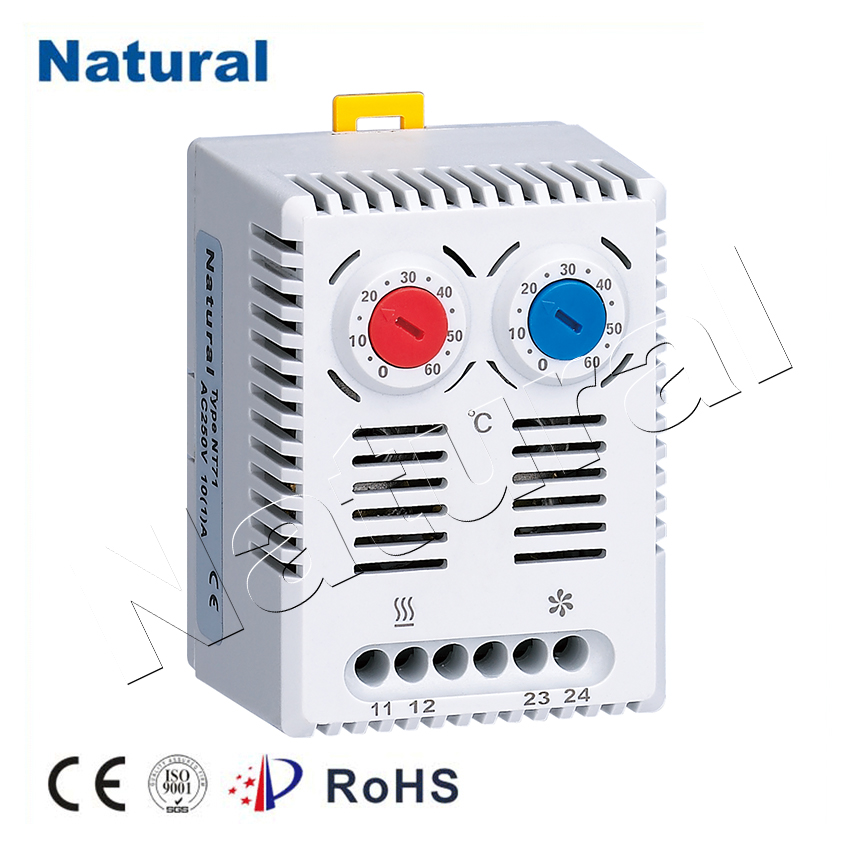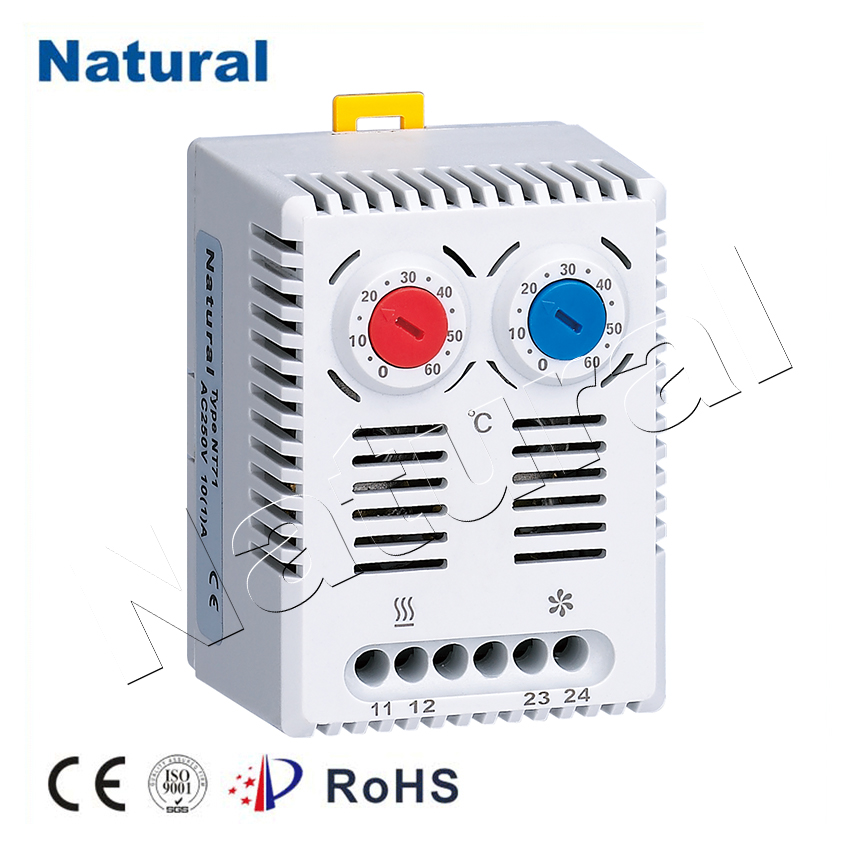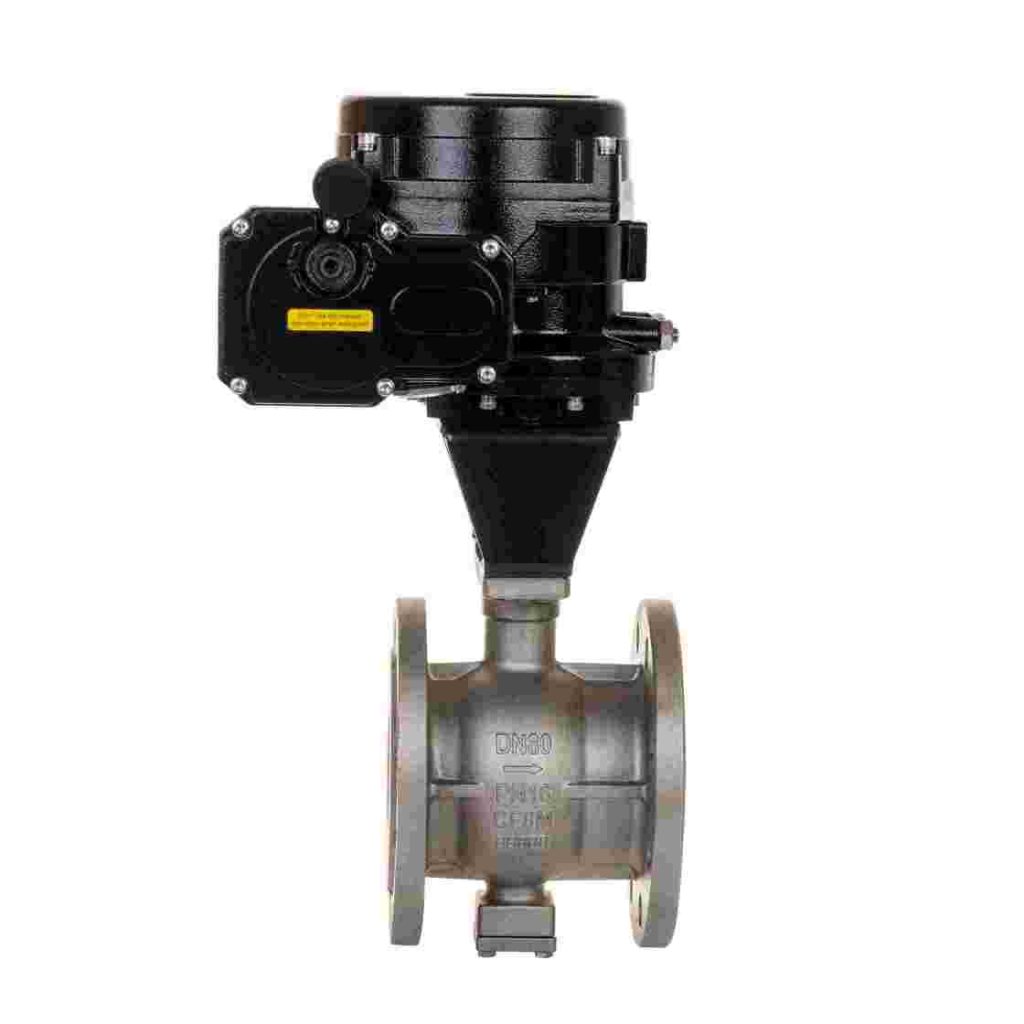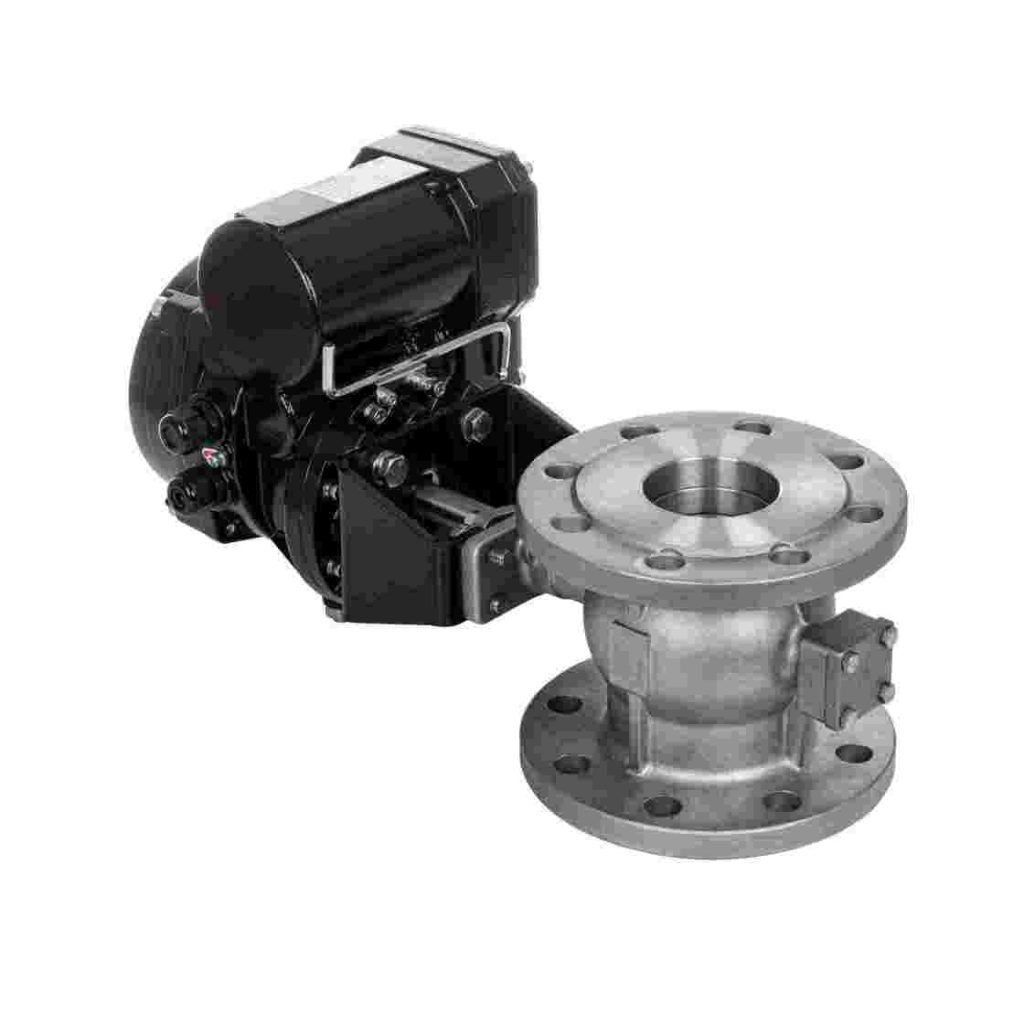In the maritime industry, the need for reliable, durable, and efficient equipment is paramount to ensure smooth operations and safety at sea. Among the crucial components on ships and marine vessels, valves play a vital role in controlling the flow of fluids and gases, maintaining pressure, and ensuring the safety and reliability of various systems. One such advanced valve is the Stainless Steel Marine Electric Ball Valve, an innovative solution that combines the benefits of stainless steel construction with electric control systems, providing a superior option for marine applications.
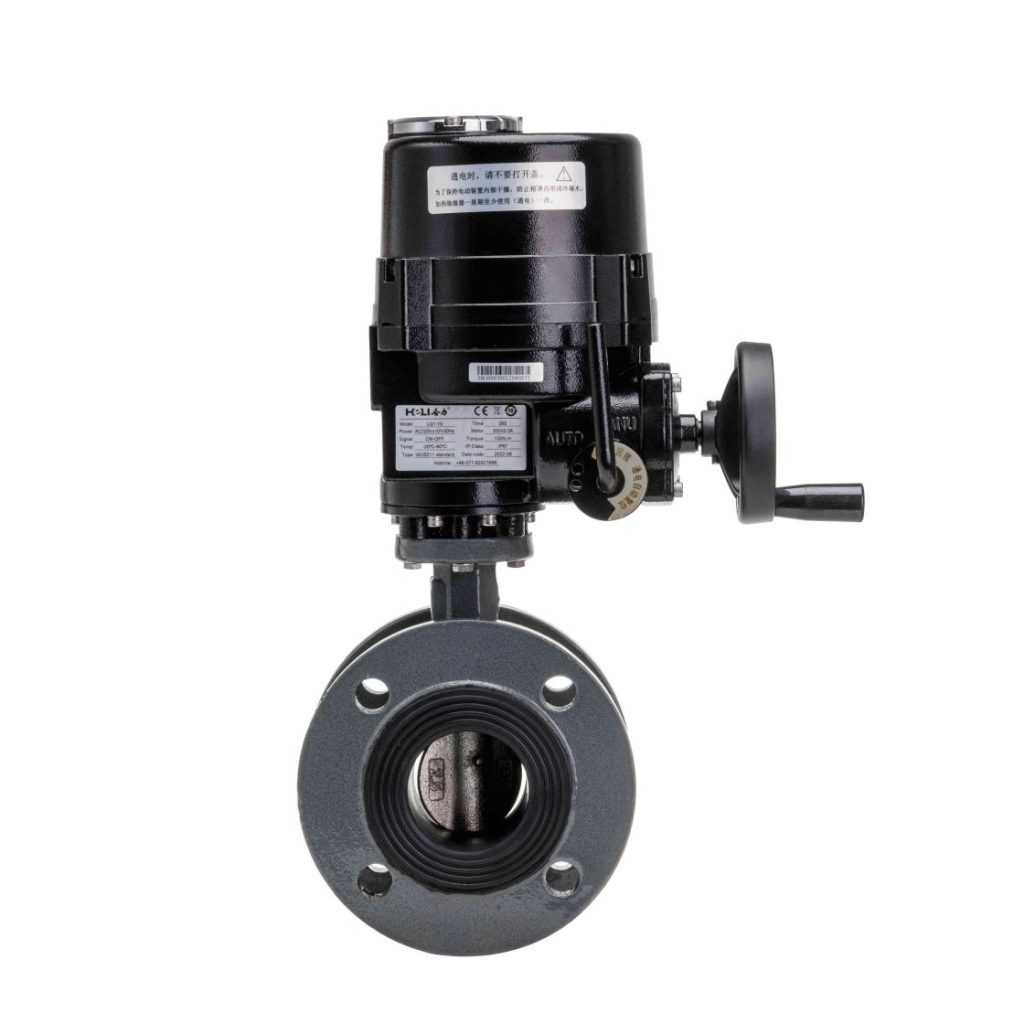
What is a Stainless Steel Marine Electric Ball Valve?
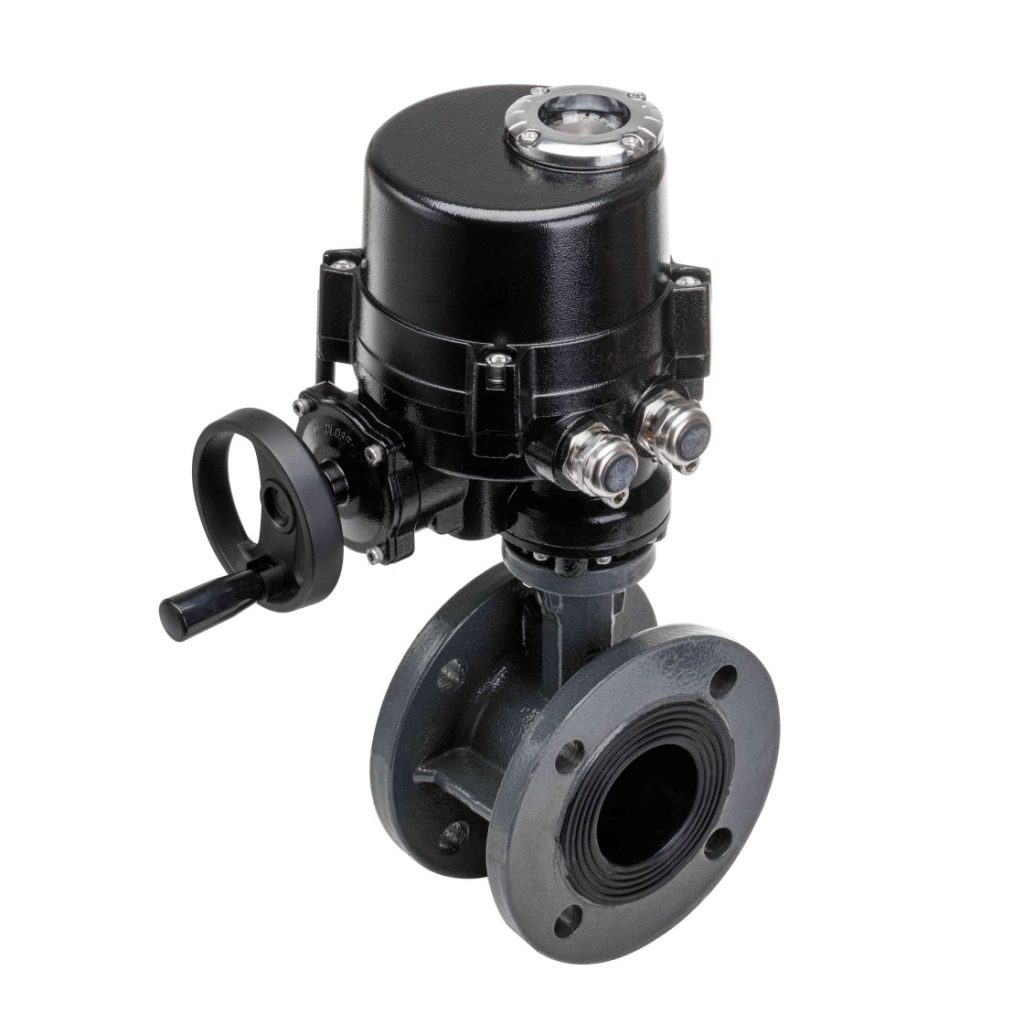
A Stainless Steel Marine Electric Ball Valve is a type of ball valve specifically designed for marine environments. It features a stainless steel body, making it highly resistant to corrosion caused by saltwater and other harsh marine conditions. The valve operates using an electric actuator, which controls the movement of the ball inside the valve, allowing for precise regulation of the flow of liquids or gases through pipelines. In essence, a ball valve consists of a hollow, perforated, and pivoting ball that can be rotated inside the valve body to control the flow of fluids. When the ball’s hole aligns with the pipe, the flow is open, and when it’s rotated 90 degrees, the flow is blocked. The integration of electric actuators in marine applications allows for remote control and automation of the valve, offering convenience, accuracy, and reliability, especially in critical systems like cooling, fuel, water, and sewage lines.
